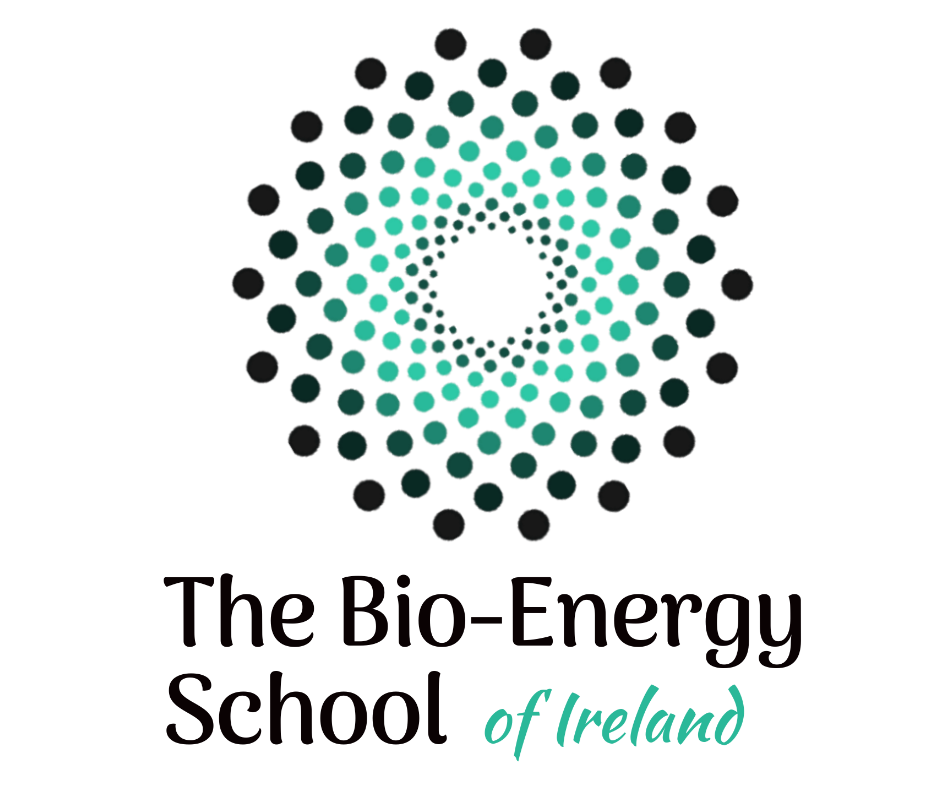
In the evolving field of holistic wellness, the integration of somatic trauma-informed therapy and practices with energy healing is becoming increasingly significant. While traditional approaches to healing often focus on the mind or body separately, energy healing, combined with somatic therapy, recognises the profound connection between the two. This integrative approach offers a powerful pathway for addressing trauma on multiple levels, facilitating deeper and more lasting healing.
What is Somatic Trauma-Informed Practices?
Somatic trauma-informed therapy and practices is an approach that acknowledges how trauma is stored not just in the mind but also in the body. “Somatic” comes from the Greek word “soma,” meaning body, and this form of therapy focuses on physical sensations, movements, and bodily experiences as essential parts of the healing process. It’s based on the understanding that trauma can become “trapped” within the body, manifesting as chronic tension, pain, or other physical symptoms.
This approach is particularly important when dealing with trauma because it ensures that therapy is conducted in a safe and supportive environment, sensitive to the needs of those who have experienced trauma. By addressing the physical manifestations of trauma, somatic therapy provides a more holistic path to recovery.
Integrating Somatic Therapy with Energy Healing
Energy healing is a practice that works with the body’s subtle energy systems—such as chakras, meridians, and the aura—to promote balance and wellness. Energy healers understand that trauma and emotional blockages can disrupt these energy systems, leading to physical and emotional imbalances.
When combined with somatic trauma-informed therapy, energy healing becomes even more effective. Here’s why:
Trauma is Stored in the Body’s Energy Field:
- Trauma doesn’t just affect the physical body; it also impacts the body’s energy field. Energy healing practices, such as chakra balancing and aura cleansing, aim to release these energy blockages. By integrating somatic therapy, which works directly with the physical sensations of trauma, energy healing can address both the energetic and physical aspects of trauma simultaneously.
Holistic Healing on All Levels:
- Energy healing is inherently holistic, considering the mind, body, and spirit as interconnected. By adding somatic therapy, which focuses on the physical embodiment of trauma, this approach ensures that all aspects of a person’s well-being are addressed. This leads to more comprehensive healing that touches on the physical, emotional, mental, and spiritual dimensions.
Empowerment Through Awareness:
- Both energy healing and somatic therapy encourage clients to become more attuned to their bodies and energy fields. This increased awareness is empowering, as it provides individuals with tools to manage their physical and energetic responses to stress and trauma. Over time, this heightened self-awareness can lead to a greater sense of control and balance in one’s life.
Gentle and Non-Invasive:
- One of the key benefits of combining these two approaches is that it offers a gentle, non-invasive pathway to healing. Energy healing does not require the detailed verbal recounting of traumatic events, which can sometimes be re-traumatising. Instead, it works subtly with the energy field, while somatic therapy supports the body’s natural healing processes. Together, they provide a safe and nurturing environment for trauma recovery.
Addressing Chronic Health Issues:
- Many individuals with unresolved trauma experience chronic health problems, such as digestive issues, fatigue, or autoimmune disorders. Energy healing, with its focus on restoring balance to the body’s energy systems, can help alleviate these issues. When paired with somatic therapy, which directly engages with the body’s physical responses, this approach can lead to profound improvements in both physical health and overall well-being.
Why This Integration is Crucial
The integration of somatic trauma-informed therapy with energy healing is crucial because it recognises that true healing requires addressing all layers of a person’s experience. Trauma affects not just the mind or body in isolation, but the entire being, including the energy field. By combining these approaches, healers can offer more comprehensive and effective care.
In energy healing, the flow of life force energy (often referred to as “chi” or “prana”) is essential for health and vitality. Trauma can disrupt this flow, leading to blockages and imbalances that manifest as physical or emotional issues. Somatic therapy helps to release these blockages from the body, while energy healing restores and revitalises the flow of energy, ensuring that the healing is deep and lasting.
Conclusion
Incorporating somatic trauma-informed practices into energy healing offers a powerful and holistic approach. By addressing the body, mind, and energy field simultaneously, this integrative approach ensures that healing is comprehensive and sustainable. For those seeking to overcome the lingering effects of trauma, this combination provides a safe, gentle, and profoundly effective path to wellness, empowerment, and transformation.
